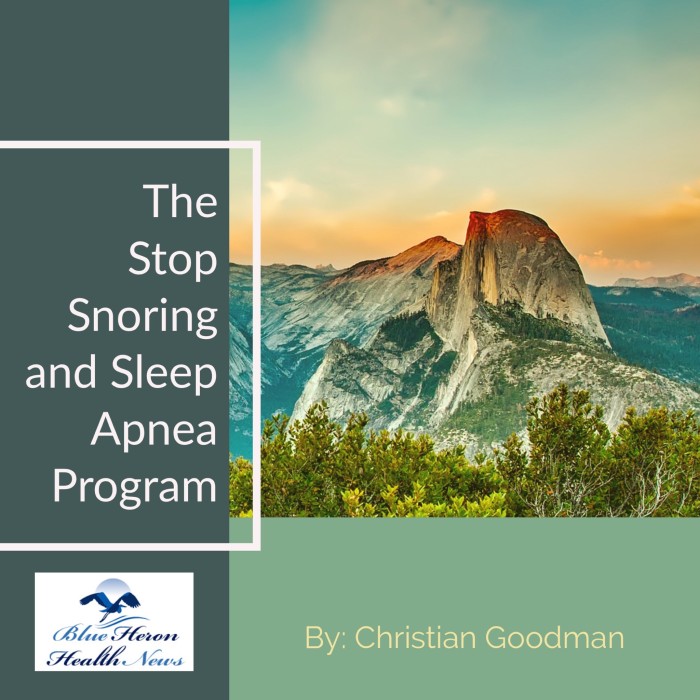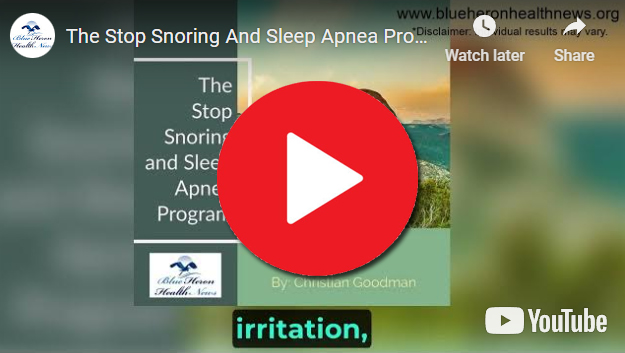
The Stop Snoring And Sleep Apnea Program™ By Christian Goodman if you have been suffering from snoring and sleep apnea and you are looking for permanent, cost effective and natural solution then The Stop Snoring and Sleep Apnea Program will help you. All strategies given have been tested and proven to work.
What is the impact of sleep position on snoring and sleep apnea?
Sleep position has a significant impact on both snoring and sleep apnea. Adjusting the way you sleep can help reduce the severity of these issues or even prevent them in some cases. Here’s how different sleep positions affect snoring and sleep apnea:
1. Back Sleeping (Supine Position)
- Impact on Snoring: Sleeping on your back is one of the most common positions associated with snoring. In this position, gravity causes the tongue and soft tissues of the throat to fall backward, partially obstructing the airway, which can lead to snoring.
- Impact on Sleep Apnea: For people with obstructive sleep apnea (OSA), sleeping on the back can worsen the condition. The airway is more likely to collapse in this position, increasing the frequency and severity of apneic events (periods of breathing cessation). Positional sleep apnea is when the condition is worse in certain sleep positions, particularly on the back.
- Why It’s a Problem: The supine position allows the airway to narrow, causing airflow to vibrate the tissues in the throat (snoring) or completely block the airway in severe cases (sleep apnea).
2. Side Sleeping (Lateral Position)
- Impact on Snoring: Sleeping on the side is generally considered the best position to reduce snoring. This position helps keep the airway open by preventing the tongue and soft tissues from collapsing into the throat. It reduces the risk of airway obstruction, making it easier to breathe quietly.
- Impact on Sleep Apnea: For people with mild to moderate obstructive sleep apnea, side sleeping can significantly reduce the number and severity of apneic events. Gravity no longer pulls the soft tissues backward into the airway, which helps improve airflow and reduce breathing interruptions.
- Optimal Side: Sleeping on the left side is often recommended over the right side because it also benefits digestion and heart health, particularly for people with acid reflux (which can worsen sleep apnea symptoms).
3. Stomach Sleeping (Prone Position)
- Impact on Snoring: Sleeping on the stomach can help reduce snoring by keeping the airway open. This position prevents the tongue and tissues from collapsing into the throat. However, it may not be comfortable or practical for many people and can lead to other issues, such as neck or back pain.
- Impact on Sleep Apnea: In some cases, stomach sleeping may help alleviate mild sleep apnea because the airway remains more open. However, this position is not widely recommended due to its potential to cause discomfort or musculoskeletal problems.
4. Elevated Sleeping (Inclined Position)
- Impact on Snoring: Elevating the head and upper body while sleeping can help reduce snoring. This position can be achieved by using extra pillows, a wedge pillow, or an adjustable bed. Elevating the head reduces the gravitational pull on the tongue and soft tissues, preventing them from obstructing the airway.
- Impact on Sleep Apnea: Elevating the head can also help reduce sleep apnea symptoms, particularly for people with mild to moderate obstructive sleep apnea. It improves airflow by allowing the airway to stay more open during sleep, reducing the chances of airway collapse.
5. Sleep Position Training
- Positional Therapy: For people with positional sleep apnea, positional therapy can be an effective strategy. This involves using devices or techniques to encourage side sleeping and discourage back sleeping. Some people use special pillows or wear a positional device (like a belt or vest with a bulky back) to avoid rolling onto their back during sleep.
- Long-Term Impact: Consistent use of positional therapy can lead to lasting improvements in both snoring and sleep apnea, especially for people with mild to moderate cases.
6. Combination of Sleep Position and Other Factors
- Weight and Neck Circumference: Sleep position is just one factor affecting snoring and sleep apnea. Excess body weight, especially around the neck, can increase the likelihood of airway obstruction in any position. Weight loss can complement positional changes to further reduce symptoms.
- Sleep Environment: Adjusting the sleep environment, such as using humidifiers or adjusting bedding for comfort, can also contribute to better sleep quality and reduced snoring or sleep apnea symptoms, particularly when combined with positional adjustments.
Conclusion:
Sleep position plays a crucial role in snoring and obstructive sleep apnea. Back sleeping tends to worsen both conditions by allowing the airway to narrow or collapse, while side sleeping is generally the best position to reduce snoring and improve breathing during sleep. Elevating the head can also help, especially for mild sleep apnea. For individuals with more severe sleep apnea, positional therapy may be used alongside other treatments, such as continuous positive airway pressure (CPAP) machines, to effectively manage the condition.

The Stop Snoring And Sleep Apnea Program™ By Christian Goodman if you have been suffering from snoring and sleep apnea and you are looking for permanent, cost effective and natural solution then The Stop Snoring and Sleep Apnea Program will help you. All strategies given have been tested and proven to work.